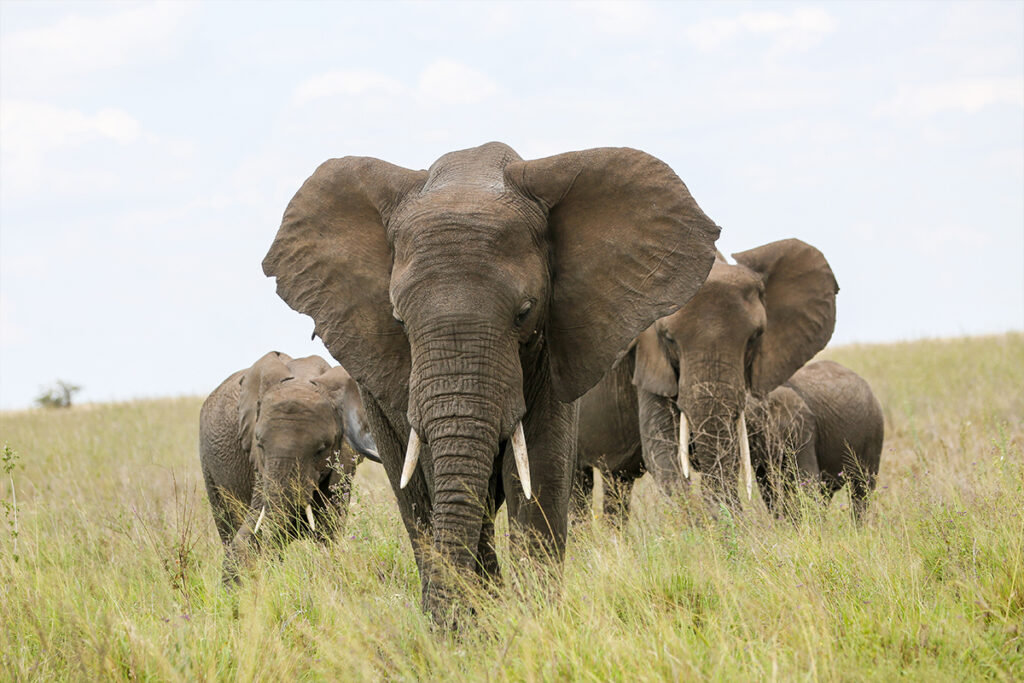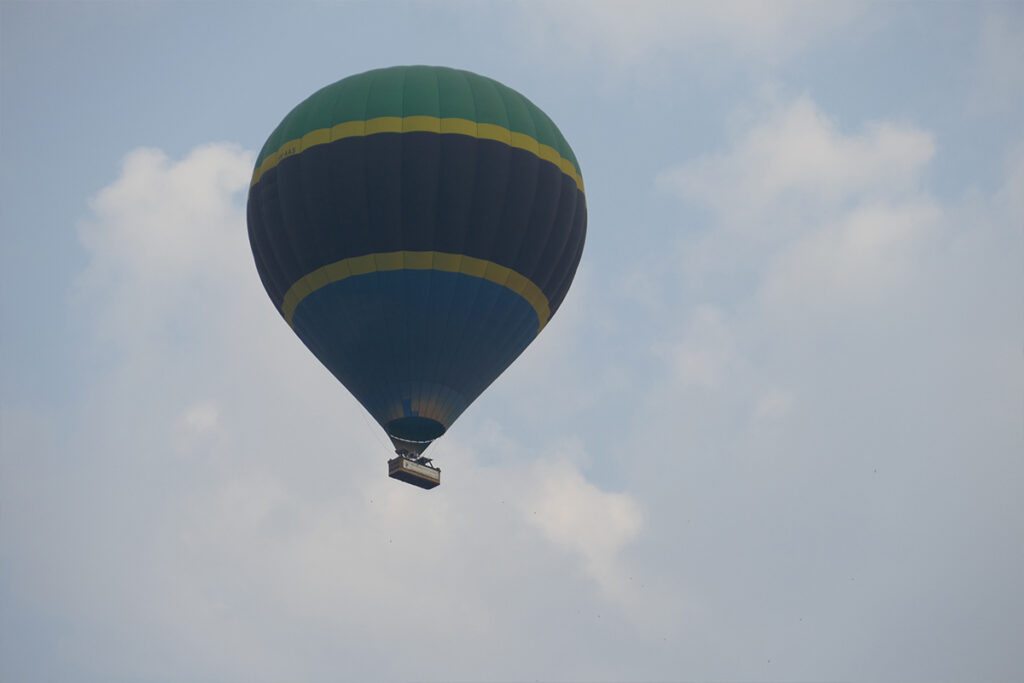Conquering Mount Kilimanjaro is a bucket-list aspiration for many adventurers, yet the allure of this African giant is not without its challenges. Altitude sickness, affecting nearly half of its climbers, poses a significant concern and begs the question: how can one best mitigate its effects while aiming for the summit? Stories from past climbers reveal triumphs overshadowed by unexpected physical hurdles, emphasizing the critical need for informed preparedness.
The mountain’s imposing height greatly increases the risk of acute mountain sickness, with symptoms as challenging as the ascent itself. Historically, proper acclimatization has been pivotal in reducing the risk, with climbers taking gradual climbs to allow their bodies to adjust. Recent data suggests a success rate increase by up to 30% for individuals who incorporate strategic rest days during their climb, making it a vital tactic for safety and success.

Understanding Altitude Sickness on Kilimanjaro
Altitude sickness, which is sometimes called acute mountain sickness (AMS), can affect climbers on Kilimanjaro. This condition happens when you ascend to high altitudes too quickly. Kilimanjaro’s summit stands at 19,341 feet, which significantly increases the risk. Common symptoms include headaches, dizziness, and fatigue. If not properly addressed, these symptoms can lead to more serious health issues.
There are three main types of altitude sickness: AMS, high-altitude cerebral edema (HACE), and high-altitude pulmonary edema (HAPE). AMS is the most common and usually milder. HACE occurs when your brain swells due to lack of oxygen. HAPE is a buildup of fluid in the lungs. Both HACE and HAPE are medical emergencies and require immediate descent.
The onset of altitude sickness can vary from person to person. Factors such as age, gender, or physical fitness don’t necessarily predict who will get sick. However, ascending slowly gives your body time to adjust to lower oxygen levels. Experts recommend “climb high, sleep low” to help prevent symptoms.
Proper acclimatization is key to a successful climb.
- Take sufficient breaks.
- Stay well-hydrated.
- Monitor your body’s response to altitude changes.
- Consult with your guide if you feel unwell.
Following these steps can help you safely reach Kilimanjaro’s peak.
Is Climbing Kilimanjaro Safe? (How to Reduce the Risk)
What is Altitude Sickness and Why Does It Occur?
Altitude sickness, also known as acute mountain sickness (AMS), happens when people climb to high elevations too quickly. Your body needs time to adjust, or acclimatize, to the thinner air. At high altitudes, the air pressure drops, and the oxygen level decreases. This causes your body to work harder to get the oxygen it needs. Rapid ascension often triggers headache, nausea, and shortness of breath.
Understanding why altitude sickness occurs helps in managing its symptoms better. The thinner atmosphere means every breath contains less oxygen. At sea level, oxygen saturation in the blood is about 98%, but this drops as you ascend. The body responds by increasing breathing rates, but if this adjustment happens too quickly, discomfort occurs. This is why a slow pace is recommended for climbers.
Altitude sickness generally starts to show at elevations above 8,000 feet. Risk factors include quick ascents and exertion during the climb. While not everyone will have symptoms, each ascent should be approached cautiously. Assessing your body’s reaction to height is vital for your safety. People who experience symptoms at lower altitudes will likely encounter them at higher elevations too.
Taking preventive measures reduces the risk of severe altitude sickness.
- Ascend gradually.
- Drink plenty of water to stay hydrated.
- Eat high-carbohydrate meals.
- Avoid alcohol and tobacco.
These precautions promote effective acclimatization, ensuring a safer and more enjoyable climb.
Key Symptoms to Monitor During Ascent
Monitoring your body’s response during the climb is essential to avoid severe altitude sickness. Headaches are often the first sign of altitude sickness. They may start as a dull ache and become more intense with time. Combined with nausea or vomiting, it indicates your body is not acclimatizing well. If not addressed, these symptoms can escalate quickly.
Breathing difficulties also signal altitude issues. As you climb higher, the air gets thinner and oxygen levels drop. Shortness of breath even at rest might occur. This can be alarming and needs immediate attention. Frequent rest breaks can help manage this symptom effectively.
Fatigue and lack of coordination are other critical indicators. Feeling unusually tired, even after a good night’s rest, means your body is struggling. Likewise, if you notice you are stumbling more than usual, it’s time to take action. Your body’s equilibrium is vital for a safe climb.
Severe symptoms require immediate descent.
- Confusion or difficulty speaking
- Chest congestion
- Swelling in the hands, feet, or face
- Persistent and dry cough
Recognizing these signs early on can prevent more serious health problems, ensuring everyone’s safety on Kilimanjaro.
Proven Acclimatization Strategies
Acclimatizing successfully is crucial when climbing Kilimanjaro. A slow and steady ascent helps your body adapt to the reduced oxygen levels. Climbing too fast increases the risk of altitude sickness. Experts recommend “climb high, sleep low” to adjust more effectively. By gaining altitude gradually and sleeping at slightly lower elevations, you promote better acclimatization.
Staying hydrated is another essential strategy. At high altitudes, your body loses water quickly through breath and sweat. Drinking at least 3-4 liters of water daily helps maintain your body’s hydration levels. Avoiding caffeine and alcohol is advisable as they can dehydrate you further. Opt for warm fluids when possible to aid circulation and warmth.
Consuming a balanced diet rich in carbohydrates also supports acclimatization.
- Whole grains
- Fruits
- Vegetables
- Lean proteins
These foods provide the necessary energy for your body’s increased exertion. Snacking frequently keeps your energy levels stable, which is essential for high-altitude trekking.
Taking rest days can greatly enhance your body’s acclimatization process. By allowing your body time to adjust, you lower the chances of experiencing severe symptoms. Use these days to explore nearby areas or practice light walking. Engaging in mild activity helps keep your body in rhythm without overexerting it. Listening to your body’s signals is vital during this time.
Some climbers find it helpful to use medications like acetazolamide, which aid in faster acclimatization. Consult with a healthcare provider before starting any medication. The right dosage can help reduce symptoms like headaches and improve sleep. Medications should never replace acclimatization efforts such as hydration and proper nutrition. They act as a supplementary measure rather than a primary solution.
Finally, always pay close attention to your body’s responses. Ensure you and your teammates communicate openly about how you’re feeling. This information can help make collective decisions about rest or descent if required. Using these acclimatization strategies, your climb can be safer and more successful. Enjoying the journey safely ultimately enhances the experience of reaching Kilimanjaro’s peak.
Essential Gear and Medications
Packing the right gear is crucial for a successful Kilimanjaro climb. Layered clothing ensures you stay warm in the cold, yet can be shed when the sun comes out. Base layers made from moisture-wicking fabric are recommended. A windproof jacket is essential to protect against harsh weather conditions. Warm gloves and a hat will help keep your extremities comfortable.
Footwear is another critical component for your trek. Sturdy boots with ankle support are necessary for handling the rugged terrain. Make sure to break them in before the climb to prevent blisters. Good quality, thick socks add comfort and protection. Remember, happy feet lead to a happier hike.
Also pack essential accessories like trekking poles, which provide extra balance and reduce strain on your knees. A headlamp is useful for early morning or evening hikes. Sunscreen is vital to protect against the high-altitude sun, even on cloudy days. High UV levels can catch climbers off-guard, leading to unexpected sunburn.
Bringing the right medications can make a difference in managing altitude sickness. Acetazolamide is commonly used to help acclimatize faster. Over-the-counter pain relievers can alleviate headaches, a common altitude symptom. Ensure you have a supply of any personal prescription medications too. Consult your doctor before departure.
Staying hydrated with a functional water bottle or hydration pack is crucial. Ensure it’s insulated to prevent freezing. Keeping hydrated aids in acclimatization and maintains energy levels. Use water purification tablets to treat any water sourced from streams. This ensures it’s safe to drink throughout your climb.
Lastly, make sure to carry a comprehensive first aid kit. Include bandages, antiseptic wipes, and blister treatments. Having a kit handy can address minor injuries that might occur. These items support an effective and safe journey up Kilimanjaro. Proper preparation minimizes risks and enhances your overall expedition experience.
Key Takeaways
- Acclimatize slowly to prevent altitude sickness on Kilimanjaro.
- Stay hydrated to help your body adjust better.
- Watch for symptoms like headaches or dizziness as warning signs.
- Use medications like acetazolamide only with medical advice.
- Wear proper gear for a safe and comfortable climb.




